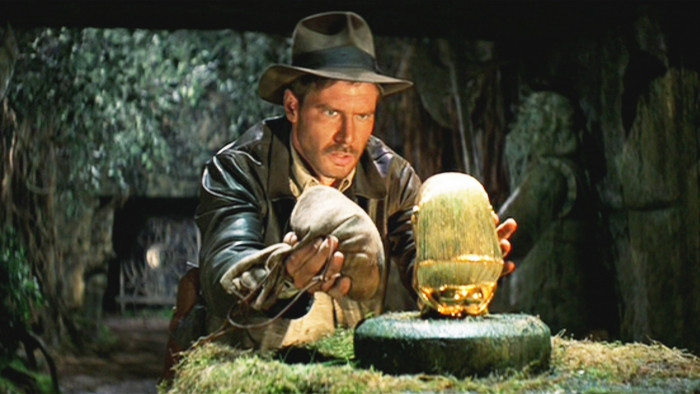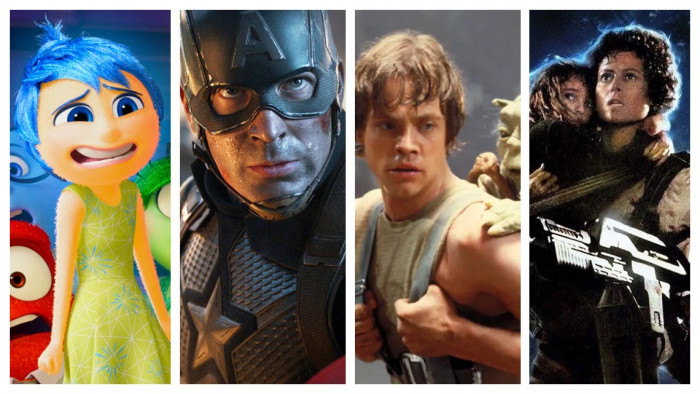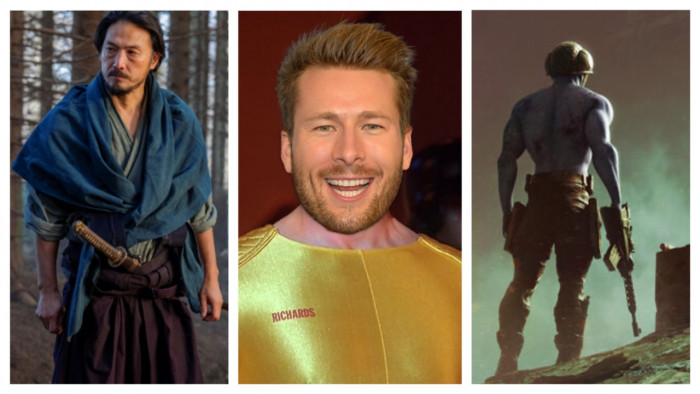Move over Tom Hardy. Production designer Colin Gibson introduces the real stars of Mad Max: Fury Road… the cars
When I came in, there was no script, just a room full of storyboards. So I spent the first part of the time just writing a ‘bible of tribal’: dividing everybody into teams and groups and where they lived. The theory was that it was about trying to design it the way it would have been designed by the people who were living in that world.
There was a general rule that everything had to do 100kph off-road. Part of the problem was we built for the firm, hard ground of Australia and then it pissed down with rain for two years running, and you couldn’t shoot the desert for blooming flowers and camels f*cking each other and pelicans dancing.
We were desperate for it to be real. Fast & Furious 7 is all CG. The cars are shiny and pretty, but there’s not much physics in there: they do things that cars can’t do. And the minute you do that, you suspend belief, you make it less real and the hairs on the back of your neck don’t go up. So our plan was always to make it completely real. The stunt guy and I used to say we were making the last real, live stunt-action film.

1. Nux’s Car (pictured, left)
We gave Nux [Nicholas Hoult] every boy’s hot-rod dream – a 1932 Chevy five-door coupé, and then we had to weaponise it. We built five versions of it so there was one built just to go in reverse, one to slot into other vehicles, and so on. Nicholas was a great driver. I promised we’d get him a motorbike, but I think we wiped most of them out.
2. Buzzard (above right)
The Buzzards were our lowest common denominator – they didn’t see steel, they saw scrap; and they didn’t see men, they saw flesh. They were really just nothing but nasty spikes. They were the ones that didn’t get much thought in the way of beauty, but as [writer/director] George [Miller] said, “Yes, but you still have to make them cool.”

3. Bikes
There is less you can do with motorbikes. So your design is forced to extend them, separate them, change the diameter of front and rear wheels, change the materials, and try to come up with other things out of context that you could use. I owe a debt of thanks to the great stunt riders we had. They managed to get the bikes to do things in the sand that I’m going to pretend we designed them for.

4. Powerboy
We discovered a couple of brothers who built tanks for the military and for mining. These were a bit slow, so we tore out the diesel engine and put in a water-cooled V8, and turned it into a hot-rod version. And I happened to have this beautiful old Valiant Charger body left over. The driver was meant to be from the bullet farm so we made sharp teeth and lamps, and all the trimming and bits were off an aeroplane.

5. Doof Wagon
The mosh pit on wheels. It was George’s little drummer boy that suddenly had to be the biggest little drummer boy in the world. He wanted something huge, but with drummers and also a PA. We built the stack with the last 60 Marshall speakers in the world, connected to the front of one truck, and then used a whole lot of air-conditioning ducts from old buildings as the resonator boxes for the drums. We had to come up with a mask for the drummers on the back, partly to stop them choking to death on all the dust that got kicked up.

6. The interceptor
We needed a touchstone that tied us to the earlier series, to the myth, and yet let us move on. So we took the Ford Falcon that everyone knows and loves, we connected it to the man driving it, and then wiped it out in the opening scenes. It actually comes back two-thirds of the way through the film, and it’s been jacked up, double blown, put on an off-road racing buggy kit and weaponised to hell, then sanded right back. So Max has to do battle with his own car.

7. Bigfoot
As part of the storyline, we needed a vehicle that could climb an avalanche, so that called for a Bigfoot, for a monster truck. And being the designer, I had to sit through a couple of monster truck exhibition shows, which are among the most tedious things in the universe: a bunch of guys doing circles, for no apparent reason, and then driving over some already pre-cut dead cars. We ended up hiring a father-and-son team in Australia who had a pair, and then just stripped them down, changed out the motors, and then put on our own bodies.

8. Gigawall
It was a lot of work, but it was the one that I most felt had been started from scratch. I’d always wanted to do it with a pair of ’59 Cadillac Devilles, and originally I wasn’t able to – we didn’t have them – but when we started up again, I managed to hit the second-hand pages of the US newspapers and we bought four. We were still using garden hoses as irrigation for it as we hit the desert, trying to cool it as it ran. We had to work out where to put the 44-gallon drums of water, just to cool it.

9. The War Rig
This needed to be a hot rod, but also hold, at one stage, 11 people in the cabin. It’s pretty much in 80 per cent of the action: in George’s mind, it was his John Ford film stagecoach. People are running over it, smashing into it, diving over it, setting fire to it, coming through the roof and, when you can’t come through the roof any more, tearing the side panels off with harpoons and chains. Fortunately, we knew that as we designed it. We built pods, which could be mounted on the front, on the side, on the top or even at the rear of most of the larger vehicles so a stunt driver could drive them from many different positions.

10. The People Eater
We had to take a fracking tower, lay it down horizontally, mount it on two six-wheel trailers, and drag it across. There was a closing-down wedding car business that I bought a few stretch Mercedes from, and we cut, shunted and stretched them more in both directions, and then mounted them on an old military truck. Theoretically, the People Eater makes fuel as it drives, so it was designed around the fact that it had to go out in the biggest explosion that we could come up with.
Mad Max: Fury Road is at cinemas nationwide now
Latest
Related Reviews and Shortlists


The 10 best war movies of the 21st century









